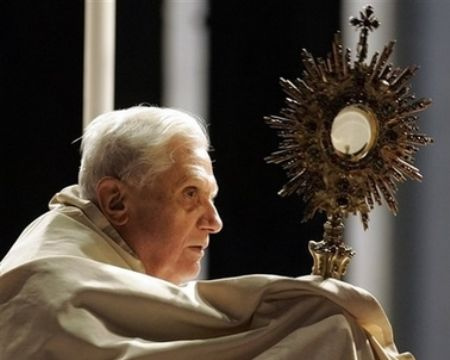Symbolism: St. John’s chalice and snake

Over the next few months I’ll be writing some more about ancient Christian symbols (the fish, the anchor etc), but I thought I’d reboot my Symbolism Series by talking about something which caught my eye at Liturgy this morning.
In my parish, around the inner portion of the dome, we have paintings of the Twelve Apostles (with St. Matthias replacing Judas). This morning I ended up sitting next to the following painting of St. John:

It occurred to me that, while I know the book he is holding is symbolic of his Gospel, I had no idea of the symbolism behind the chalice and snake. When I got home I needed to satisfy my curiosity, so I did some research…
